10 Questions You Should Ask Your Printer
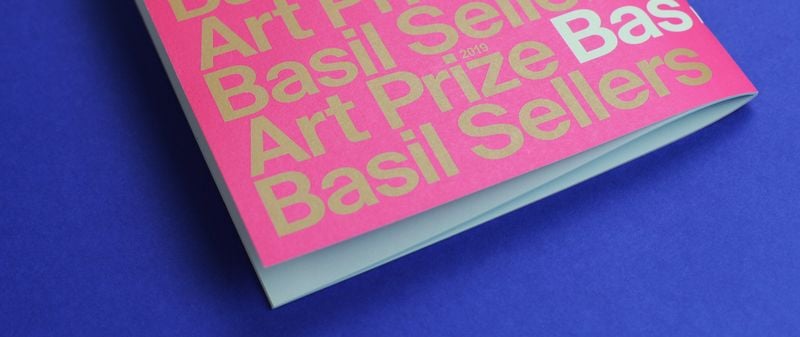)
Everyone has questions when it comes to print, and unless you've been in the industry for as long as us, there are bound to be some things you're unsure of. Have you been wondering about how you can decide on the best printer that is right for you? The one that will deliver exactly what you need and provide you with the service your project requires? Here's our handy list with 10 questions you should ask a printer before you choose to go with them.
1. Do you have a wide range of stock options?
It's important to find out from your printer the range of stocks they have on hand. This includes types of stock (Whether you're looking for coated stock, uncoated stock or recycled stock) and GSM (Some printers cannot handle thick stock and might not offer mounting either) it's good to check before you send artwork to avoid disappointment later.
Digitalpress offers a wide range of stocks and our Iridesse can print on sheets up to 400gsm, we also offer mounting if you require a piece that needs to be thicker than our maximum gsm.
2. What is your maximum sheet length?
There is nothing worse than day dreaming about a project and thinking you can have endless options available to you to create something unique only to arrive at a printer and discover they don't offer the sheet size you need. Always ask what the maximum sheet length is and if they do edge to edge printing when you're deciding on a printer.
When creating unique printed projects, sheet length is important. Our Iridesse press has a maximum sheet size of up to 330mm x 1200mm. This gives us plenty of space to work with to create your Beautiful Print Solution.
3. What finishes do you offer?
When it comes to creating beautiful print, finishes are just as important as stock. Discussing the finishes a printer offers during your research phase can not only save you time and money but by having a discussion you can also work together to develop creative options to enhance your project further.
Digitalpress is an award winning digital printing house and we have won awards for our finishes, so you are in good hands. We offer a range of high quality finishes including gloss varnish, doubled sided, spot varnish, matte varnish, embossing, mounted and dye/laser cutting. If you're unsure about which finishes are right for your project, our Beautiful Print Experts can easily consult with you on a beautiful print solution.
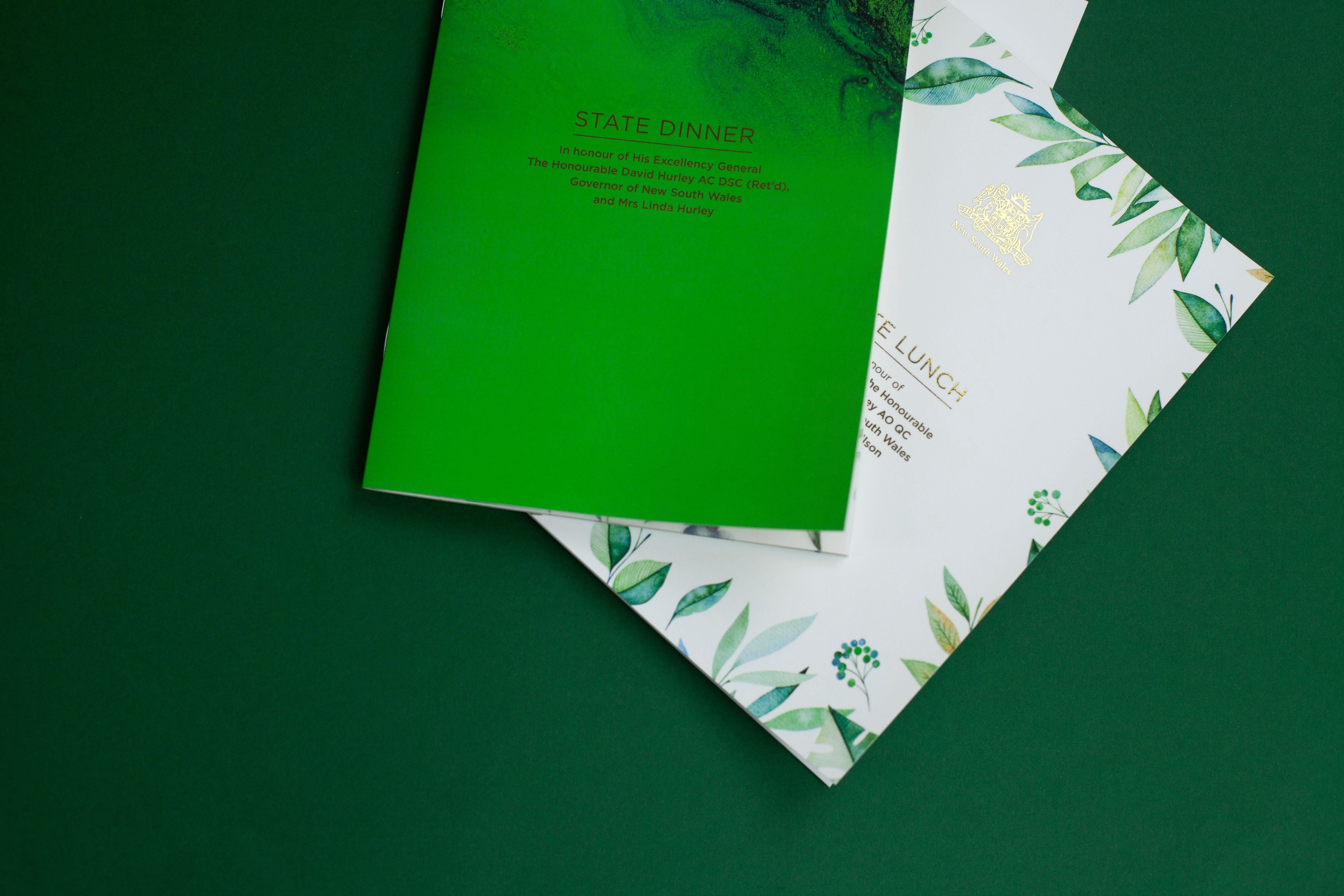
4. What binding options do you offer?
Binding is one of those things that can often be forgotten about because you're focusing on the finishes, but binding is just as important as considering unique finishes. Not all printers offer the same types of binding and there are often various wait times when it comes to binding so you should always ask about options and how long they will take even if you haven't even begun to think about what binding you would like for your project.
There is print and then there is Beautiful Print, and binding can often times be make or break when it comes to creating memorable printed pieces. Digitalpress offers a range of binding methods including wiro binding, perfect binding, hard case binding and singer sewn. We can also manage your custom requests, so ask our Digitalpress Beautiful Print Experts if you have something custom in mind.
5. How do I need to provide a file?
Every printer has a different approach to file submissions. Ideally you want to work with a printer that makes it as easy as possible for you to submit your files securely and safely. Beyond that, making sure that there is clear communication around how a file should be prepared before submission ensures that your time is not wasted and that your invoice isn't more expensive due to back and forth around whether your files were set up or submitted correctly.
We have a company Dropbox set up for our clients to submit their files to us, you can easily access this via our website where at the top right hand corner is "Submit a File." Using a trustworthy and easy to use service like Dropbox ensures we don't loose files and that our clients can get their files to us faster!
6. What is the minimum order I can get?
Make sure your printer has capacity to do short runs of your project if that is what you need.
There is no minimum order quantity at Digitalpress, but something to keep in mind is that the set up fee is the same whether you are printing 10 of a product or 1000. In saying that, while it is much more economical to print larger quantities, Digitalpress is offers short run printing of all our products including offering short run packaging.
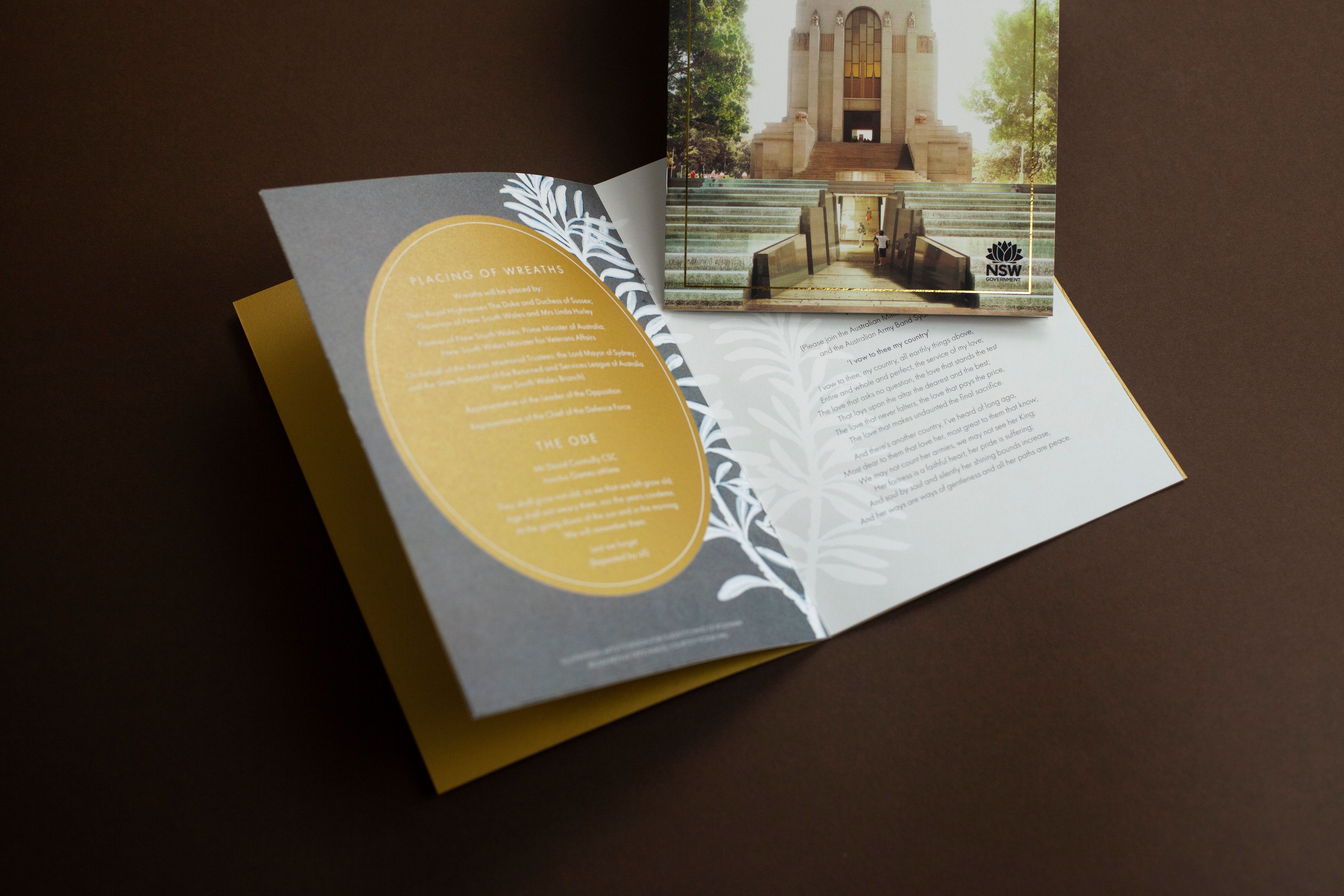
7. What is your turn around time?
There's nothing worse than thinking you've got enough time to get a project delivered only to discover that the printer you were going with cannot deliver within your time frame. This is where rush fees can come in and if you're being conscious of your budget it's better to discuss up front what the turn around time would be (including delivery) before you submit your files.
Every project is different and depending on finishes, page quantities whether you require custom stock and binding selection Our friendly consultants can assist you with planning production time.
8. Do you offer variable-data printing and print on demand?
Variable-Data Printing? Print on Demand?? These might be new terms to you but if they're not, you'll know how great it is to work with a printer who offers these services. Variable-Data Printing and Print on Demand is a system that allows printers to change elements of a printed piece (such as text, graphics and images) without stopping or slowing down the printing process by accessing data from a database or external file. This is extremely useful for medium to large businesses who want to quickly and easily change and update business cards or business stationery for example, it is also often used for direct marketing and advertising.
Luckily for you, Digitalpress offer variable-data printing and print on demand. This makes printing your business stationery super simple. Just send us the artwork and we will manage the rest!
9. Can I see a proof of my project?
As a designer it's important to be able to see your work in the flesh and all mocked up before you go ahead with your project. Checking colours, stock and even type size is best done with a physical copy of your work.
You can very easily book a time to come in and go over your proof with our team, or we can simply deliver it to your workplace for you to approve before we send to print.
10. Can I have my project delivered?
Need it delivered? It's important to check first to see what delivery options a printer can provide. How soon can it be delivered, how far they deliver and how much it will cost can factor into your final decision.
We can quickly and easily organize delivery from our Waterloo site for all of your projects with delivery available within the Sydney Metro area.
Get in contact with us today to see how Sydney's most awarded digital printing company can bring your beautiful print to life.
| Posted in:Digitalpress Masterclass |
Do we read differently on paper than on a screen?
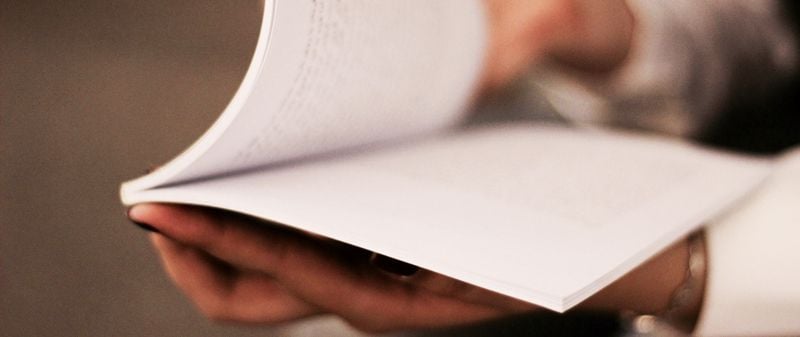)
How much time do we spend reading on screen and what are we reading?
The answer to this depends on how "reading" is defined. The research and statistics in this area vary depending on how the term is defined. Are we referring solely to the reading of textual material, or are we also including pictures, social media and hypertext containing links? If the latter definition is used, we can say that we are reading as never before and that the Internet has brought about an explosion of reading. From this perspective, we can remark that we read on screens every single day, whether it is email, "snaps," news, official documents or posts on discussion forums. It is interesting that while music and films have become almost an entirely digital affair, the sale of digital books in many countries is less than ten percent. However, after several years of rapid growth, it has now stabilised. Even though it is possible to read using technical solutions such as a Kindle, even when it is not connected to the Internet, often readers do not find it as inspiring as reading a paper book.When do we prefer a printed medium, such as a book?
There are many components, factors and conditions that can come into play here, such as the reader, the material, the purpose and the technology. Not only the reader's proficiency, background and expectations must be kept in mind, but also the type of material that is being referred to and the kind of screen that is being used. It is not a case of "one size fits all," but patterns are beginning to emerge from empirical research into the subject. The length of the text seems to be the most critical factor. If the text is long, needs to be read carefully and perhaps involves making notes, then studies show that many people, including young people such as students, still often prefer a printed book, even if it is available as both an e-book and in electronic formats with options for making notes, enabling the user to search for and highlight the text digitally. This is not the case when it comes to shorter texts.
How can you explain this?
When reading long, linear, continuous texts over multiple pages that require a certain amount of concentration, referred to as "Deep Reading," the reader often experiences better concentration and a greater overview when reading from a printed medium compared to a screen. When we are reading from a screen, only one section can be seen at a time and the available reading surface area is limited. If you read a printed medium such as a book, several text areas are available simultaneously and it feels easier to form an overview and make notes in the margins.Do we read better or worse on screens compared to printed media?
Again, it depends entirely on our definition of "reading" and what kind of text is being referred to. However, an interesting finding in some of the empirical studies is that we tend to overestimate our own reading comprehension when we read on screen compared to on paper. Some studies have shown that we believe we have understood the text better, when we read from a screen. However, it has been found that we tend to read faster on screen and consequently understand less compared to when reading from paper. This is a very new research topic and there are studies that have not found any differences in this area. As a result, a lot more studies are required to be able to make conclusions with any level of certainty. However, such findings do highlight something very important, namely that we may have a different mental attitude to what we read on a screen. This has very significant implications, including in the context of education.What is it with books that catches our attention?
A book also has more physical attributes or characteristics that can suggest something about the content and the text, in comparison to a screen. While an iPad will always look the same, a book has different physical and typographic characteristics that can encourage a certain reading mode and can affect the way in which you read, for example, a thick and compact novel or a thin book of poems. A physics textbook obviously gives off different signals than a pocketbook by Dan Brown. It has something to do with seeing it and physically feeling that you are browsing in a book.
Mercedes hologram
)
How the car giant used direct mail to launch their new GLC model in a creative and immersive way.
The power of print at a glance
- A hologram of the all new GLC was created, which contributed to over $35million in GLC sales
- Overall 14,913 DM packs were sent and there were over 17,904 views of the hologram film
- Average time on site was over three minutes (19% higher than Google's category benchmark), indicating that people who viewed the video stayed on the site to view more content
- Overall, the GLC online experience also contributed to a 20.67% increase in total Mercedes-Benz test drives across the period of the campaign
- The conversion rate to purchase of the GLC off the back of the DM was 3.21% which delivered a ROI of $215 for every $1 spent this jumps to an incredible 8.67% when isolating our prospecting recipients, a conversion rate was eight times higher than the DMA benchmark of 1%
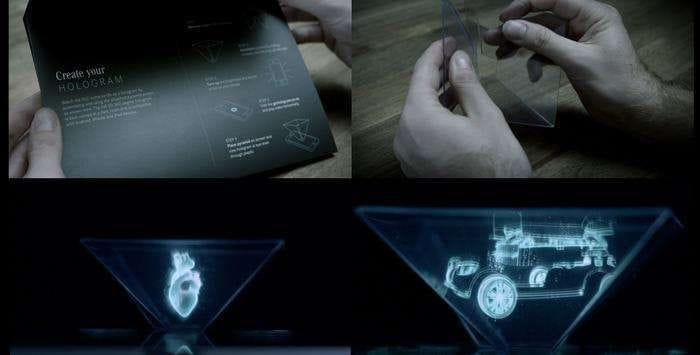
The idea was to bridge the gap between offline and online looking to merge the two to create a seamless experience for prospective customers and lead to purchase of the car.
Agency BBDO was also tasked to engage recipients with something new that supported the car's innovative concept.
Audience insight shows that the ideal GLC buyers were early adopters to technology which led them to identify their desire to be the first to try something new. Status driven, and relatively fickle on brand loyalty, the DM needed to deliver something big to this audience.
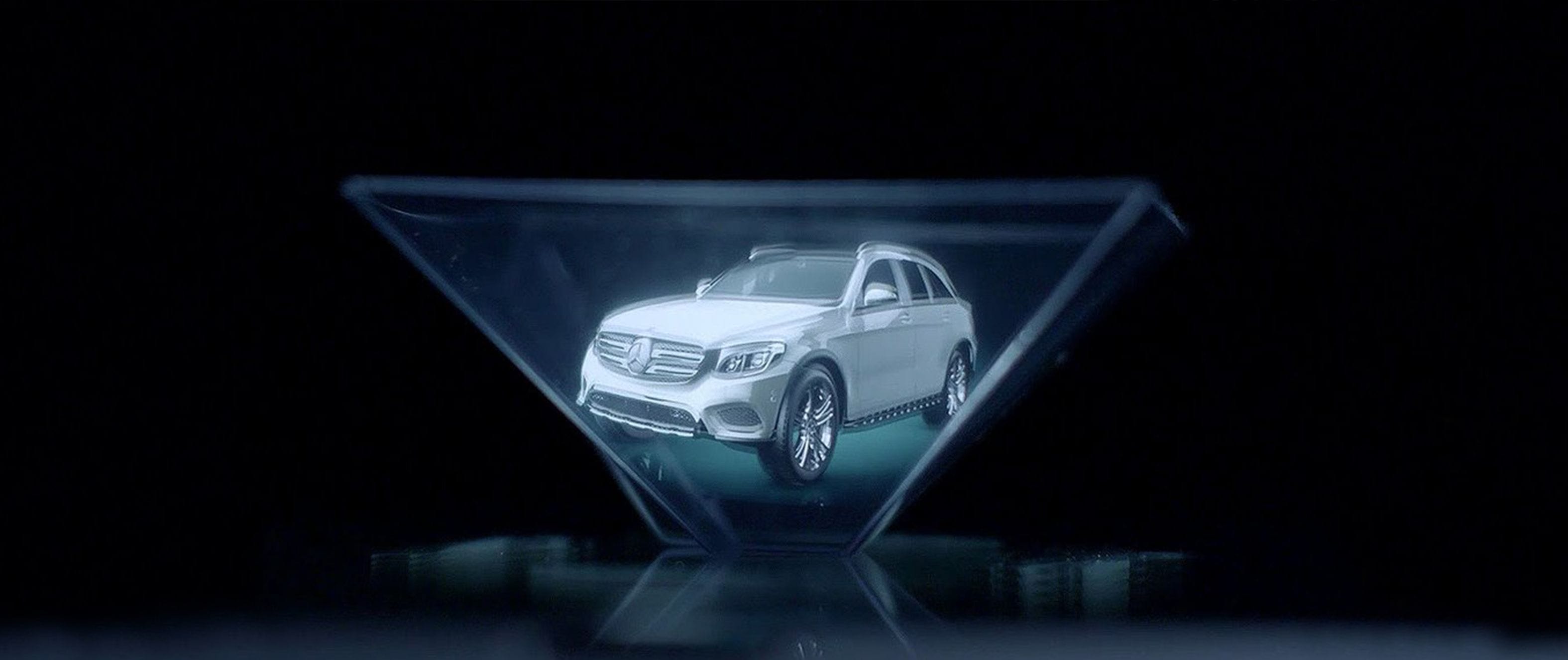
So, a hologram of the all new GLC was created an innovative technology itself that had previously not been utilised in this channel.
14,913 people received the direct mail piece which contained a die-cut Perspex which they were able to assemble themselves into a pyramid shape.
Then, by visiting a custom built microsite, recipients were directed to place the pyramid on their phone or iPad. This then projected a 3D holographic image of the vehicle and a film about the car's concept.
| Posted in:Inspiration |
Bling on a Budget
)
We all know how important it is to get maximum impact with your print.
Today there is such a vast array of marketing and communication options.
Multi-channel Marketing is a method by which one interacts with customers using a combination of indirect and direct communication channels such as; social media, websites, retail stores, mail order catalogues, direct mail, email (including email direct marketing), mobile, and of course print.
With the plethora of marketing options, the big question is, what gets best cut through?
We feel they all have their place in the marketing mix, and it is therefore imperative you make the right marketing decision for what works best to the specific objectives.
Print isn't dead
If anything a huge resurgence is taking place right now. However, it may not always be the best option. We believe if you are about to undertake and produced printed collateral that requires maximum engagement and effective cut through the better your planning and execution, the greater the yields and response rates.
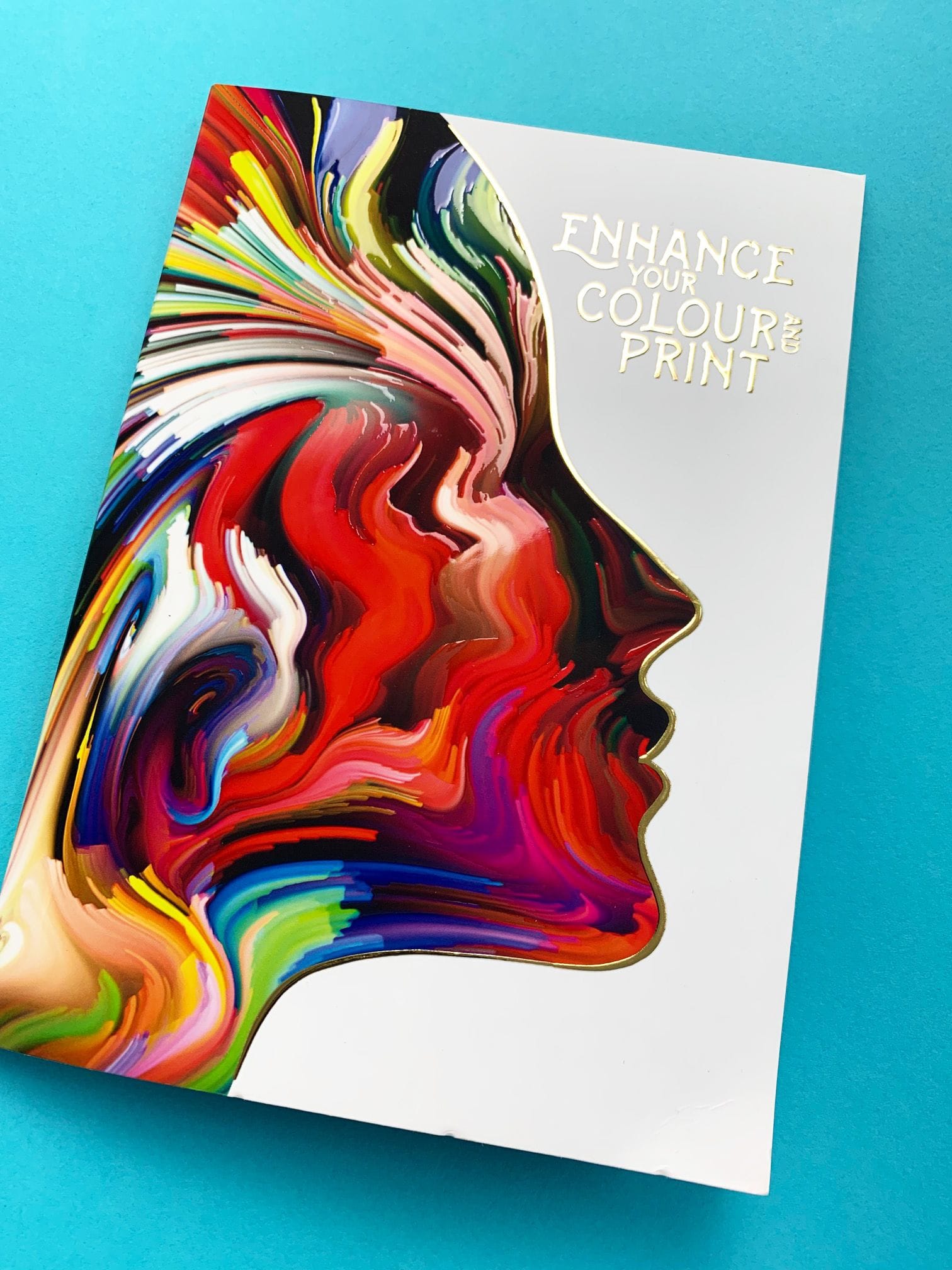
Effective Results on a Limited Budget
As this blog suggest, our discussion is around "Bling on a Budget" and going beyond CMYK that is, how can you achieve great effective results for your printed piece with a limited budget?
Print runs are indeed reducing in volume due to several reasons outline above. The transition from offset to digital printing has been enormous the impact significant within the printing industry. Therefore, the technology in digital printing presses has seen great advances in quality, speed and costs in print production. Digital printed pieces can be produced in small volumes and thankfully due to the smaller print runs, value added inline and post printing finishes can be added as options.
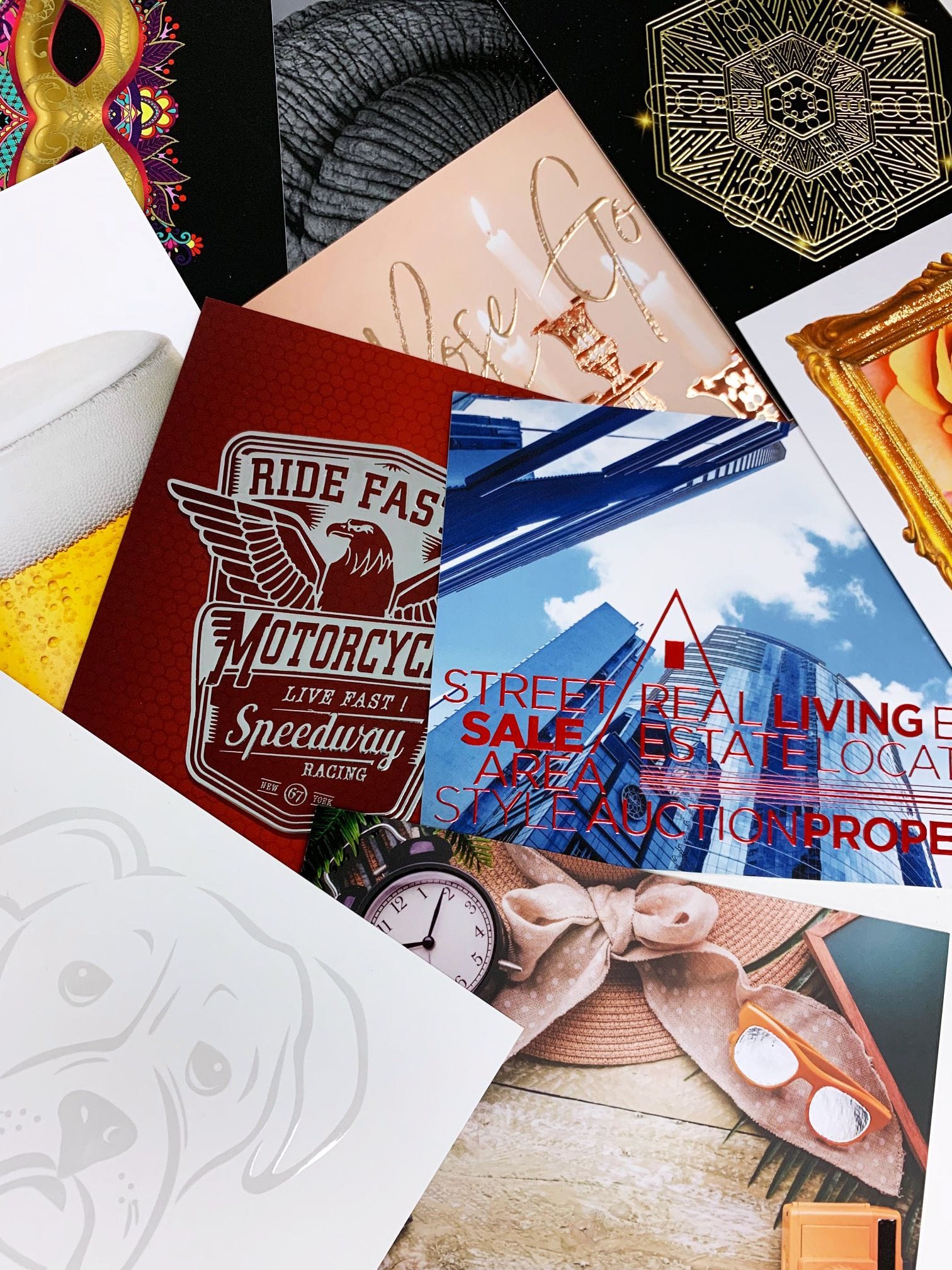
Examples of this are super opaque white ink, metallic ink including gold, silver and any other pantone metallic colour match, spot gloss varnish, digital foiling with many colour choices even digitally raised foil, spot UV and raised spot UV. All of these finishes are available here at Digitalpress.

Stock choices are also available for short run digitally printed collateral. With all these options you can create the perfect printed piece.
Your print partner of choice should have technical expertise in print and print marketing with a solid understanding of design and how to combine theses finishes and give you a great return on investment.
How do I set up my artwork to print white ink, metallic colours and spot gloss?
There is a specific way to set up your print ready artwork for white, metallic and spot varnish printing. It's simple if you follow our guidelines. Simply go to our website and follow the technical information.
Thinking of going beyond CMYK and adding some "Bling on a Budget"?
Contact our expert team here at Digitalpress, Sydney's most awarded printers.

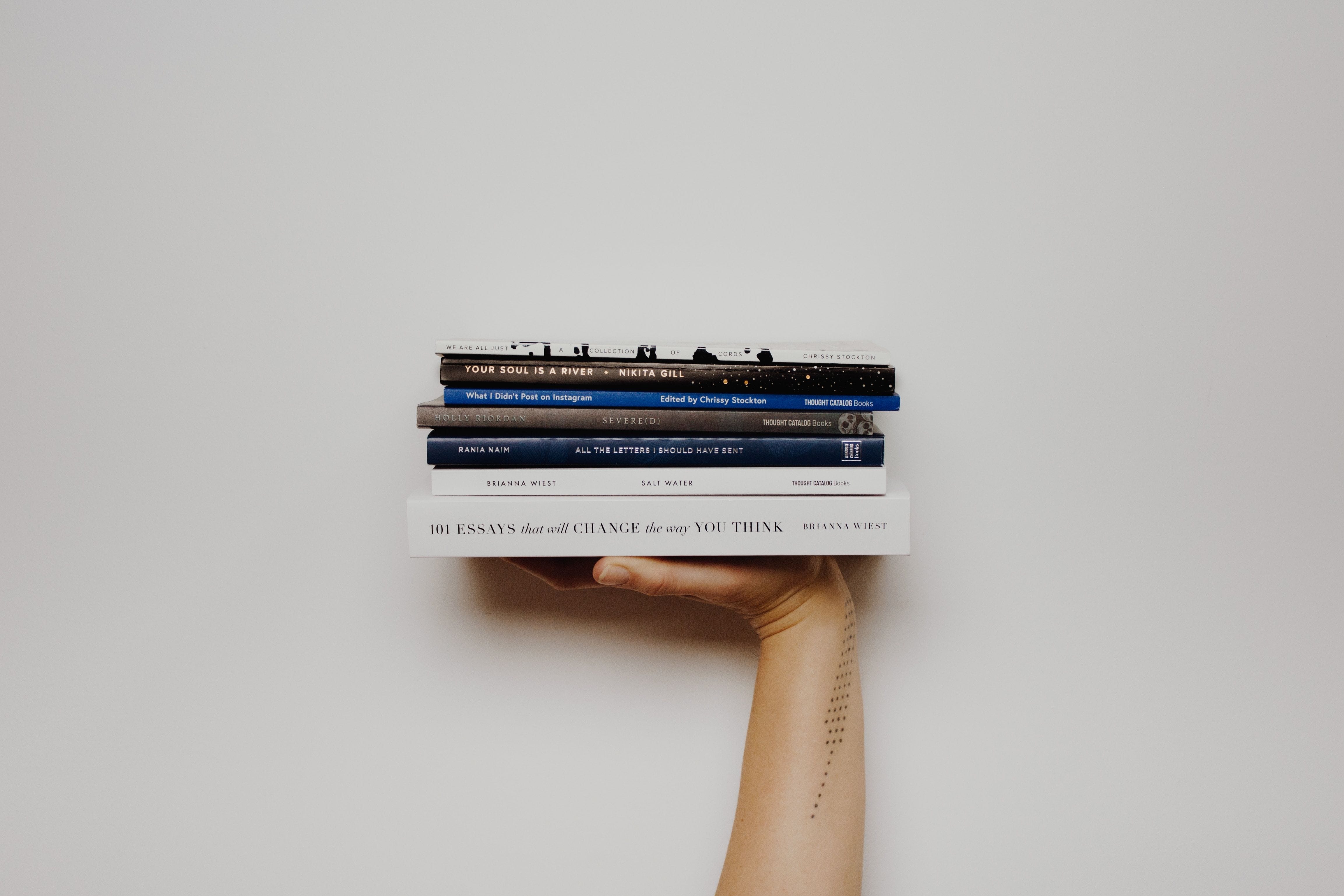
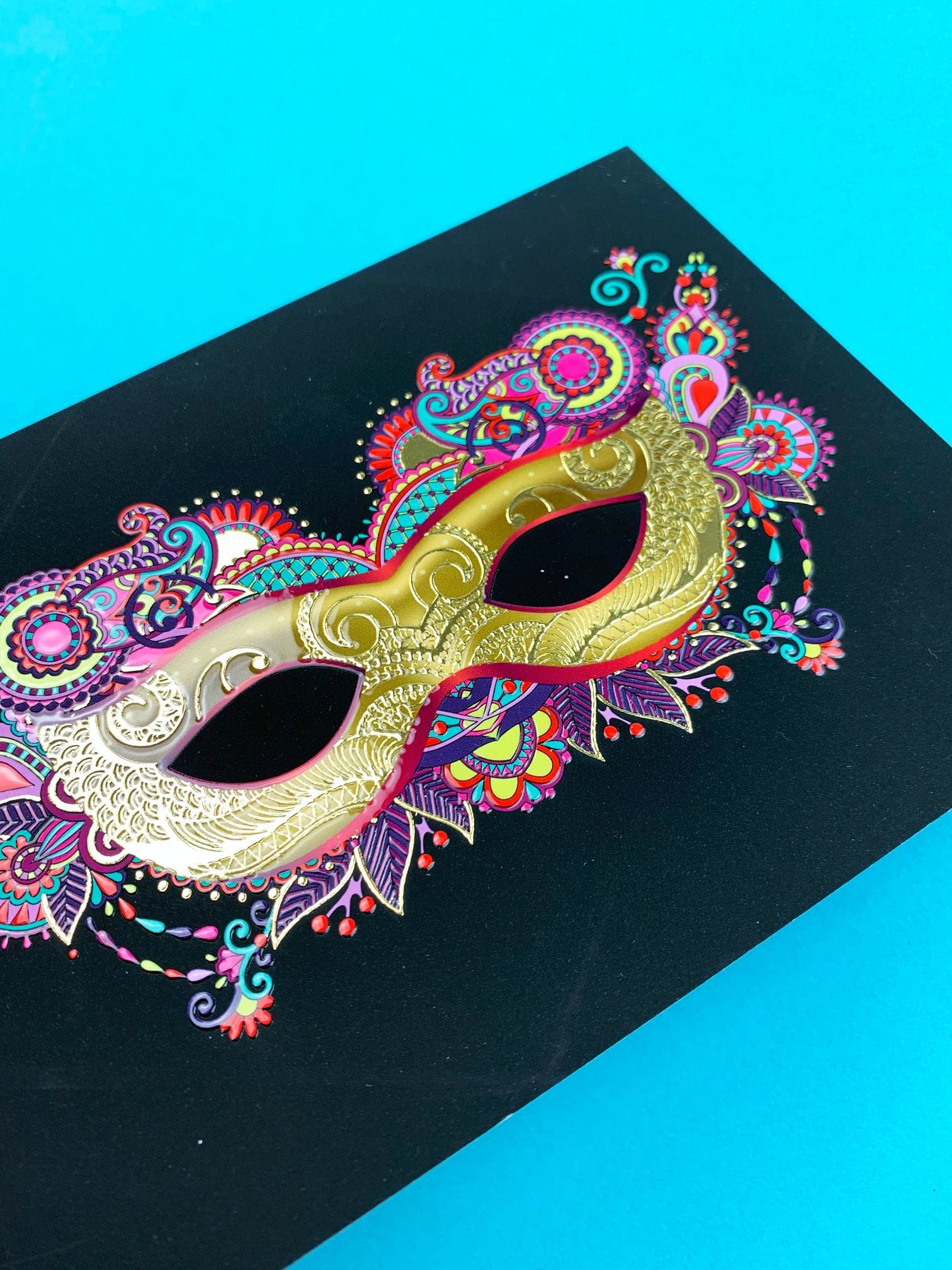
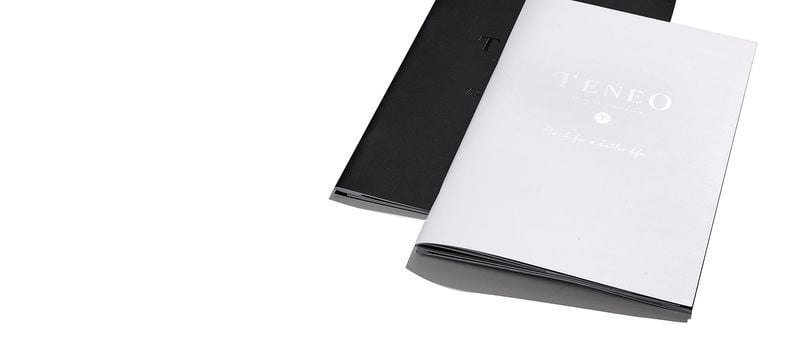)
